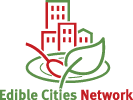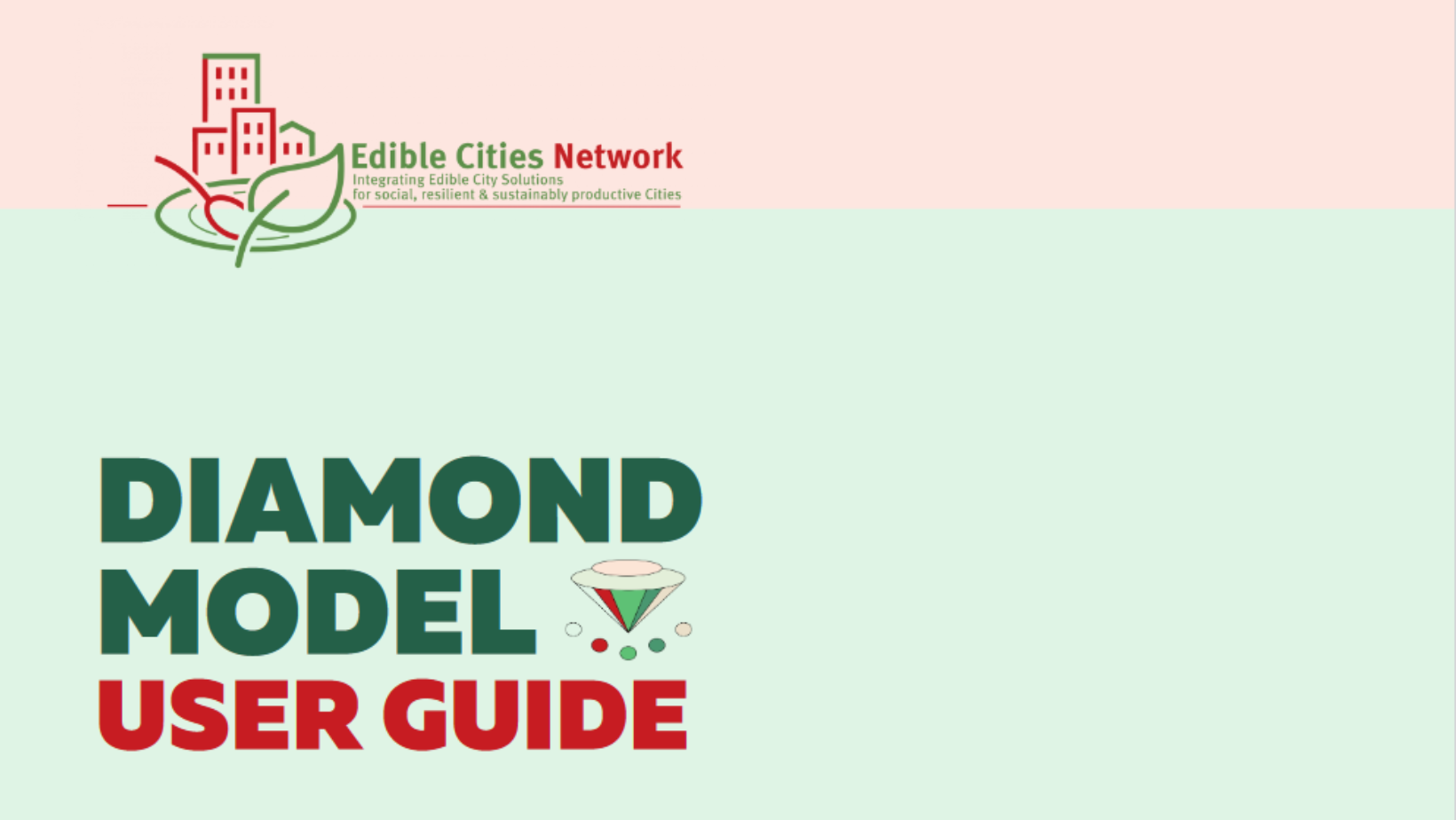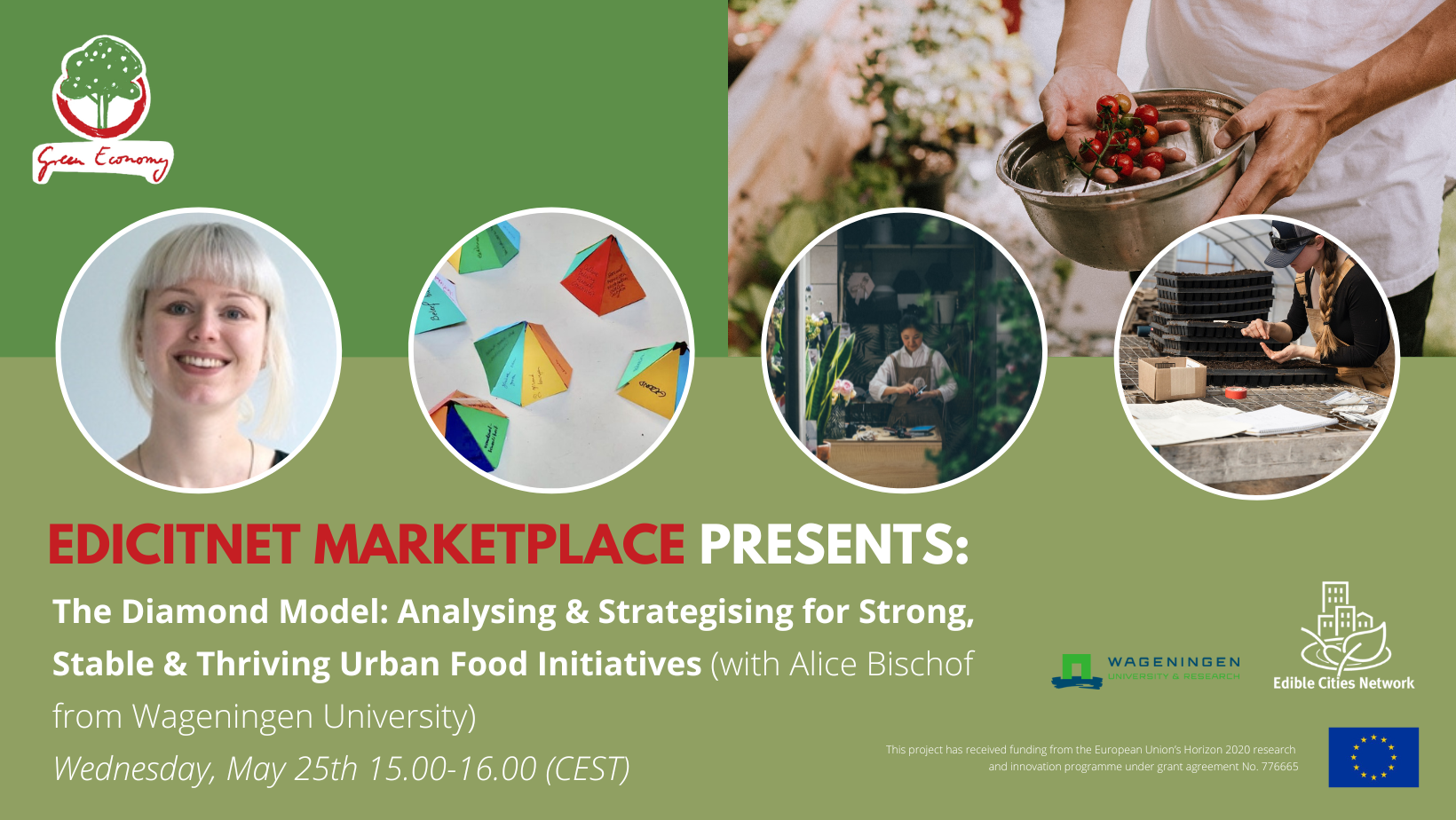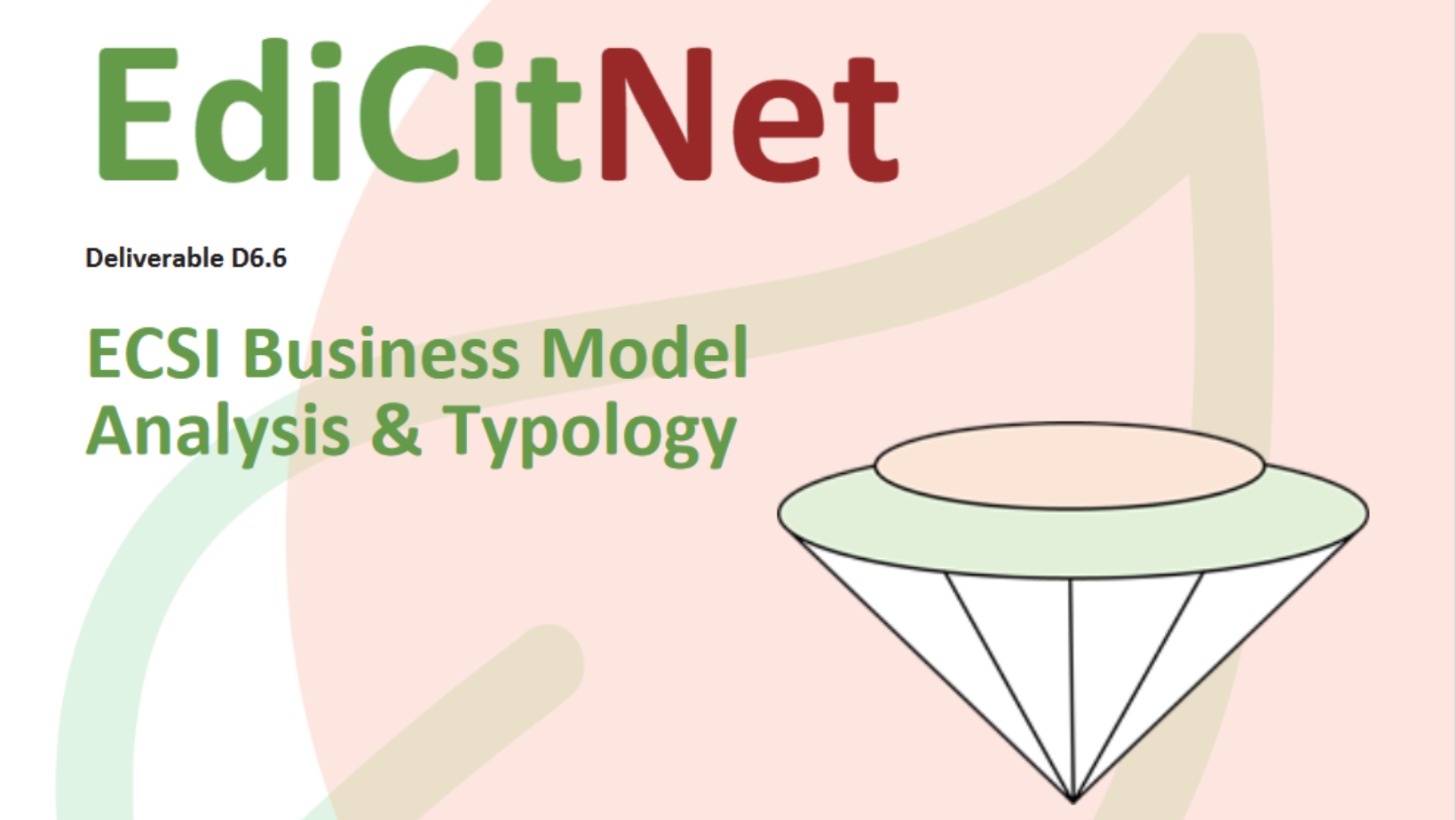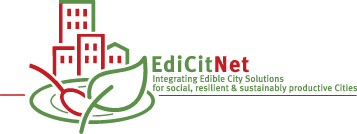The Diamond Model works similar to the Business Model Canvas in supporting business model innovation and strategising. However, it is not restricted to commercial organisations. You can use it to analyse and strategise any type of organisation and initiative – neighbourhood groups, social enterprises, charities, to name a few examples. If you prioritise social and/or ecological goals over commercial success, this tool is for you. And if you want to include commercial value streams into your initiative, the tool covers them as well.
The Diamond Model maps your initiative as a so-called organisational value system (OVS). It builds on the notion that “every organisation has a business model”, no matter whether it is a commercial business, a charity, a bottom-up initiative or even a circle of friends coming together for fun. All organisations follow a basic mechanism of creating and capturing value for and from its stakeholders to survive and grow. You find more explanations about the model here.
What distinguishes the Diamond Model from other business model tools is that it comprises non-commercial value logics in a systematic manner, and that it explicitly includes non-human stakeholders such as plants, water bodies, or soil organisms. This is especially relevant in the urban agriculture sector.
Applying the Diamond Model to your initiative comprises four steps:
Step 1: Snapshot
First, you take a “snapshot” of your initiative. What does it look like at the moment? This is done by answering a few simple questions listed in a table. The clear structure helps you to cover all the essential elements of your initiative without getting lost in details. The resulting snapshot is your organisation’s value system, visualised as a diamond.
Step 2: Future Vision
Thereafter, you take a look into the future. What do you want your initiative to look like in, say, one year? You brainstorm the future vision of your initiative, and then concretise the vision by answering the same set of questions as in Step 1, but this time, for the future. The resulting vision is again visualised as a diamond.
Now, you have two diamonds in front of you – the current state and the future vision. How do you get to the future vision?
Step 3: Value Loop Analysis
The value loop analysis helps you see clearly which barriers there are towards reaching your vision. In a systematic manner, you analyse how your initiative creates value for, and captures value from, its stakeholders. Whenever you find an obstacle, you note it. That’s it!
Step 4: Strategies
In the last step, you develop strategies for achieving the vision. Again, this is done systematically along the points of the value loop by removing the identified barriers.
You can also use the Diamond Model for regular monitoring and evaluation of your initiative’s development, including stakeholder analysis.
Want to learn more?
Diamond Model User Guide
This practical guide shows you how to do the Diamond Model analysis yourself.
Webinar
Watch the recording of the Diamond Model webinar in which Alice Bischof introduces you to the four steps of the Diamond Model analysis.
Report on ECSI Business Model Analysis & Typology
How can business models of Edible City Solution Initiatives (ECSI) be understood to support their continuity and upscaling? Find out in this report.
Do you prefer in-person support?
We offer online (worldwide) and offline (on demand) Diamond Model workshops for all members of EdiCitNet, plus individual consultation sessions! Get in touch here.
